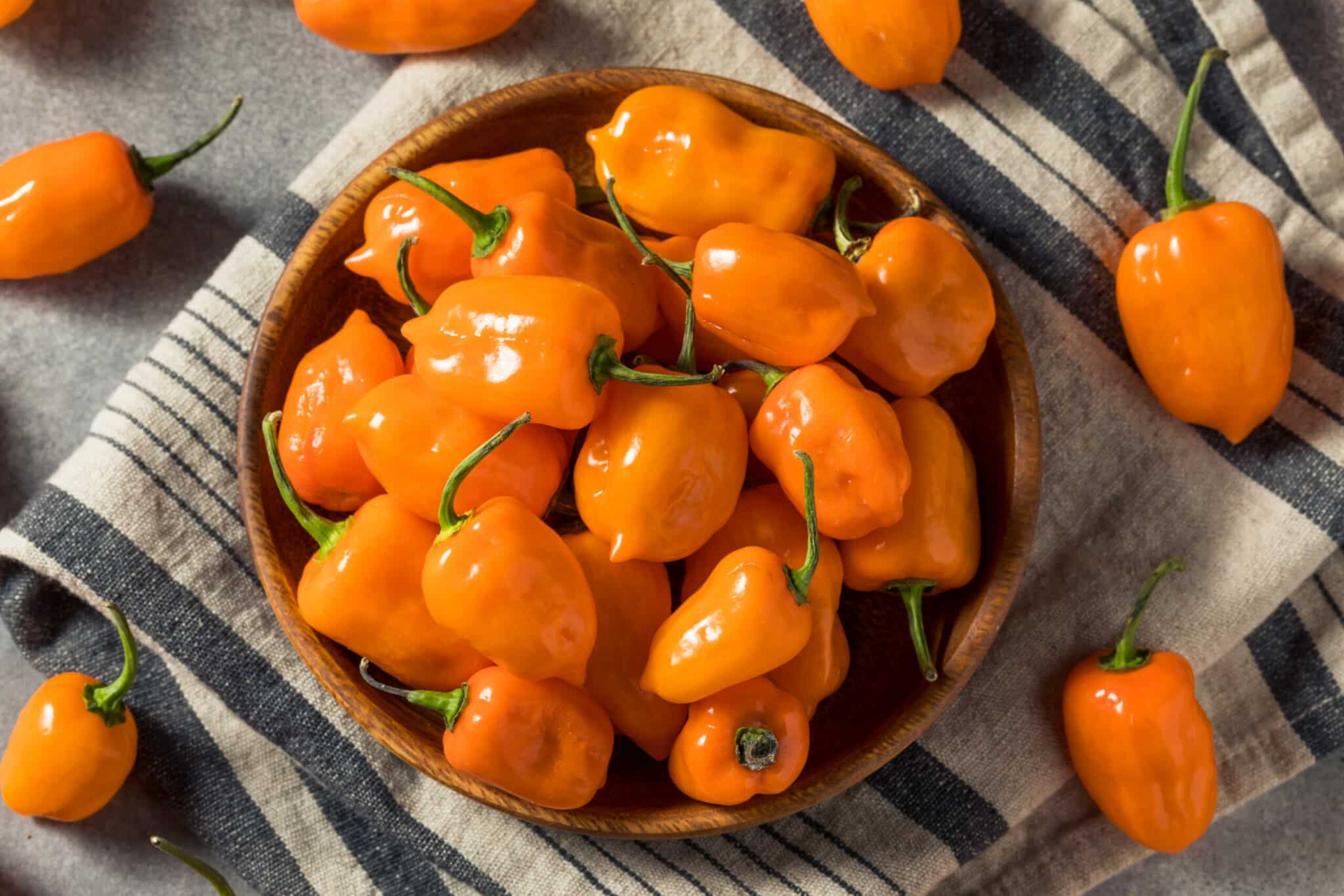Habanero is among the spiciest of the most common chili peppers, and it gives a dazzling heat to food (and drinks) without scorching your taste buds. Not surprisingly, the habanero pepper is popular among spicy cuisine lovers and is commonly added to salsas and hot sauces. In some reports, habanero has also been described to possess beneficial effects for health.
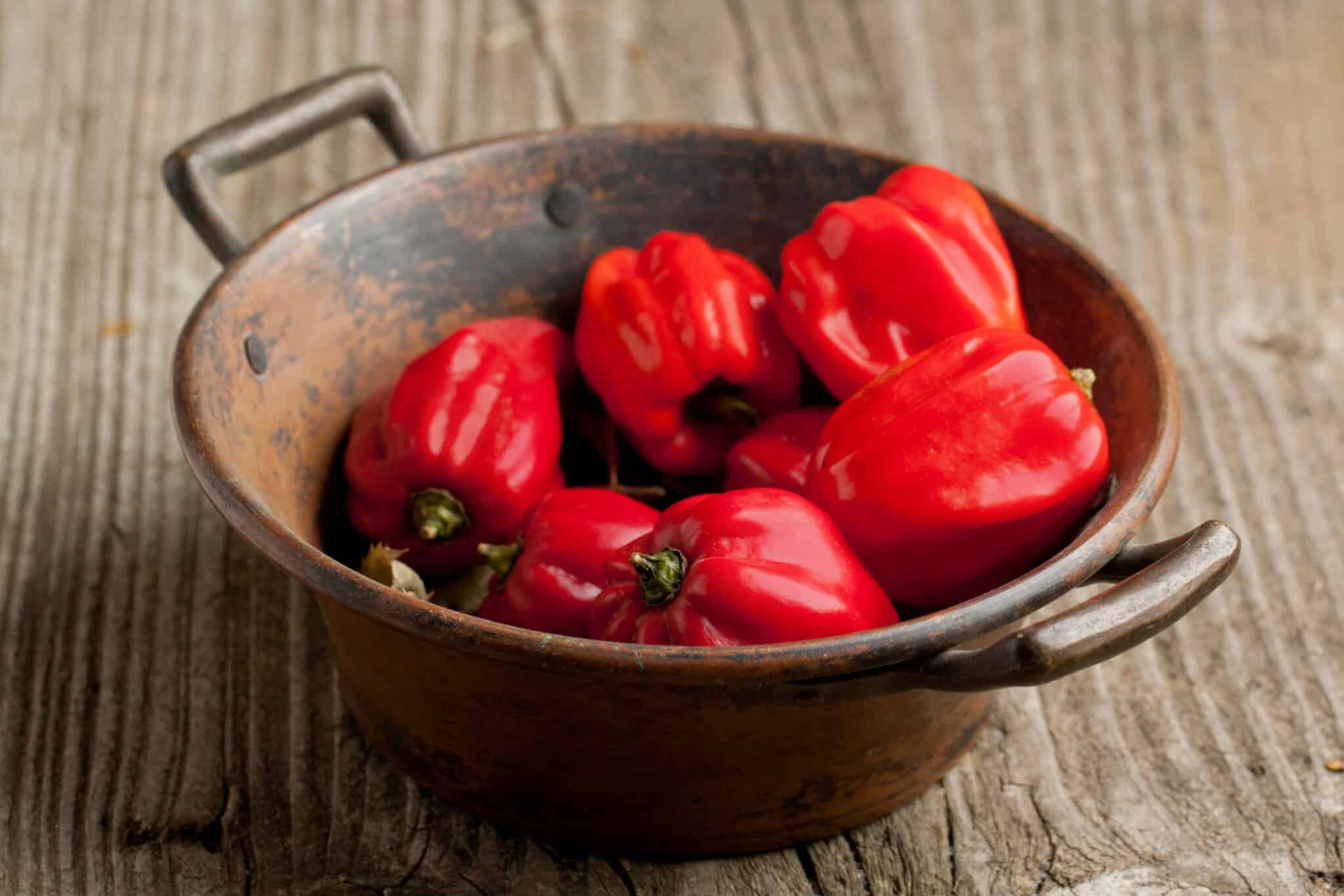
Including habanero peppers in spicy recipes due to their intensity, floral perfume, and unique flavor. What is to be done if it is not readily available for use in recipes?
This article has suggested a few replacement options if you run out of habanero pepper and can’t get any immediately. These substitutes should work wonders in salvaging your spicy recipes such that you won’t miss the effects of habanero peppers in your recipes. Find out how to properly introduce these substitutes, adequate amounts, and appropriate methods for the best results.
What is habanero pepper?
The habanero is named after the Cuban city of La Habana, sometimes known as Havana in English because it used to be a major commerce center there. The habanero is a spicy chili type, green when unripe and red as it grows. Orange and red are the most prevalent color variations, but the fruit can also be white, brown, yellow, green, or purple.
A mature habanero is about 2–6 cm long, and habanero chilies are extremely hot, with Scoville ratings ranging from 100,000 to 350,000. The intensity, flavor, and floral perfume of the habanero pepper make it a popular addition to hot sauces and other spicy meals.
Research studies have proved that eating habanero peppers significantly lowers harmful cholesterol. Capsaicin, a compound found in habaneros and largely responsible for the heat it packs, has also been demonstrated to lower blood pressure. In addition, the consumption and use of habanero peppers can be considered beneficial for health.
Uses of habanero pepper in recipes
Habanero peppers possess intense heat, flavor, and floral perfume, popular in spicy recipes. They are among the most common spicy peppers, and some studies have reported their consumption to be beneficial for health.
Habanero pepper is usually not eaten whole because it is incredibly hot. Instead, it’s commonly used in salsas, sauces, salad dressings, and a component of bottled hot sauce. It’s sometimes confused with the Scotch bonnet pepper, which resembles and is just as fiery.
Recipes that include habanero peppers include the following:
- Habanero pepper cream pasta
- Orange habanero pasta
- Beef tenderloin filet with habanero butter
- Asian noodle bowl with habanero peppers
- Mango habanero hot sauce
- Honey habanero chicken
- Spiced habanero flank steak
- Grilled habanero steak sandwiches
- Hot habanero chicken fajitas
- Smoky habanero chili
- Pomegranate habanero beef
- Spicy habanero beef stew
- Spicy habanero salsa
- Habanero hot sauce
- Habanero pilau rice
- Nigerian jollof rice
- Habanero fried rice
Substitutes for habanero pepper
Finding the appropriate chili substitutes becomes more difficult as the Scoville scale increases in intensity. This heat level is found in fewer chilies, and they are often more difficult to locate in supermarkets. Therefore, finding the finest habanero pepper alternative is significantly hampered by this.
A few chilies are similar in heat and flavor to habanero that can be used as a substitute, but they are more difficult to come by. Nonetheless, we have compiled the best substitutes for habanero peppers below:
Scotch bonnet pepper
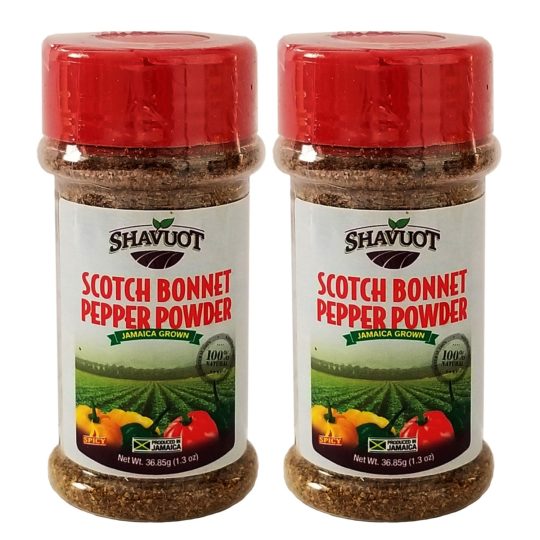
Because the habanero and the Scotch bonnet are virtually identical twins, Scotch bonnet peppers are commonly used as habanero substitutes. They have a similar Scoville heat range (100,000 to 325,000 SHU), a fruity flavor, and a similar appearance (the Scotch bonnet is slightly squashed).
What’s the difference between the two? The Scotch bonnet has a sweeter, almost tropical flavor due to its Caribbean origins. Remember this when making the substitution. You might want to reduce the amount used somewhat to compensate for the little difference in fruitiness.
Jalapenos or serranos
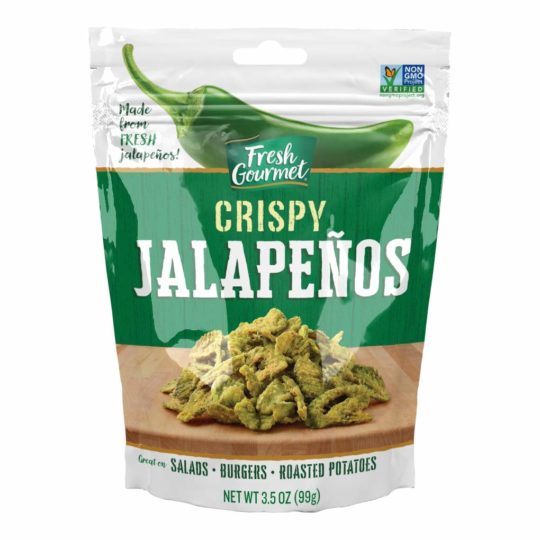
The jalapeno, in particular, is readily available in most supermarkets, and its availability makes it a good option. However, neither serranos nor jalapenos are genuinely a good match. The serrano and the jalapeno have a milder heat and a brighter, grassier flavor than the fruity jalapeno.
If you must make this adjustment, be aware that you will need to double the quantity used to raise the heat and that the overall flavor may not be as good as you had hoped. Still, if that’s all that’s available, they’ll suffice in a pinch.
Ocotillo pepper
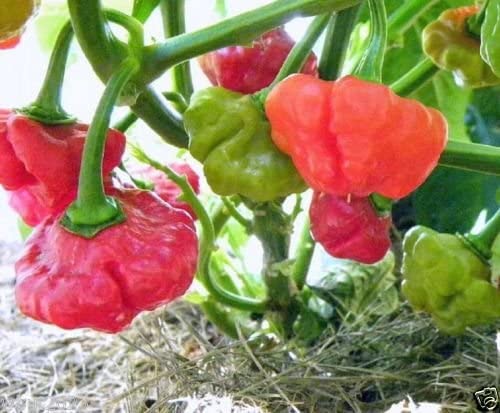
The rocotillo pepper is a moderate alternative to the habanero pepper, and it has a similar form and level of fruitiness, but it’s only slightly hotter than the poblano pepper. They are, however, difficult to come by; only a few groceries and specialty stores, particularly in areas with a Puerto Rican population, stock them.
This is the habanero alternative to have on your radar if you’re seeking those fruity tropical undertones of habanero peppers without the wicked heat they possess. However, go for much spicier alternatives if you must experience the heat of habaneros in your recipes.
Frequently asked questions (FAQs)
Is a ghost pepper a habanero?
The habanero pepper is a hot pepper with a Scoville heat level of 100,000 to 350,000. The ghost pepper (also known as Bhut Jolokia) is much hotter, with Scoville heat units ranging from 855,000 to 1,041 427. It’s a substantial increase in heat because the ghost chili can be 2 to 10 times hotter.
Which is hotter, scorpion or habanero?
When compared to some of the world’s hottest peppers, such as the Trinidad Moruga Scorpion (1.2 million to 2 million Scoville heat units) and Carolina Reaper (1.2 million to 2 million Scoville heat units), the habanero is rather moderate (1.4 million to 2.2 million SHU).
Is cayenne pepper hotter than habanero?
The cayenne pepper has a zing to it, but it’s not as fiery as habaneros or the hottest chili peppers on the market. It’s most likely the normal American “spice-rack ready” cayenne, which varies from 30,000 to 50,000 SHU if the label doesn’t indicate a range.
Conclusion
Think again if you think your spicy meals won’t be the same without habanero peppers. Some alternatives can work without habaneros to give close enough effects in your recipes.
Some will provide similar flavors, but may not pack the same amount of heat, so choose your desired substitute option based on the effects of habaneros you are attempting to replicate. All in all, our suggested options should give you something new to experiment with within your recipes, and you might love what you end up with.
